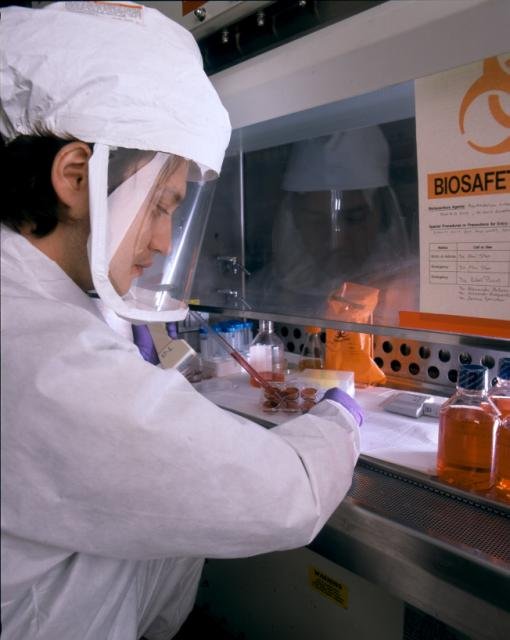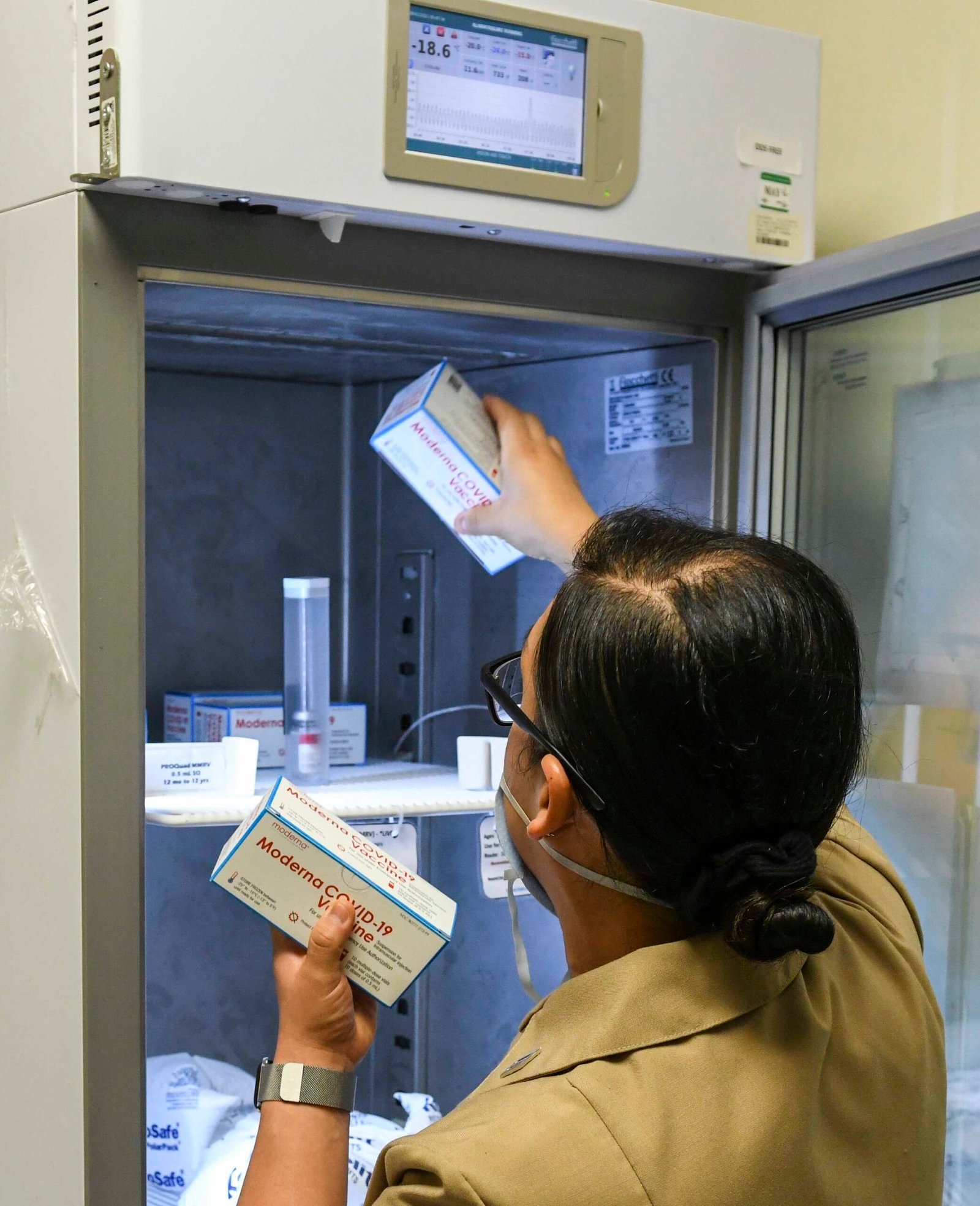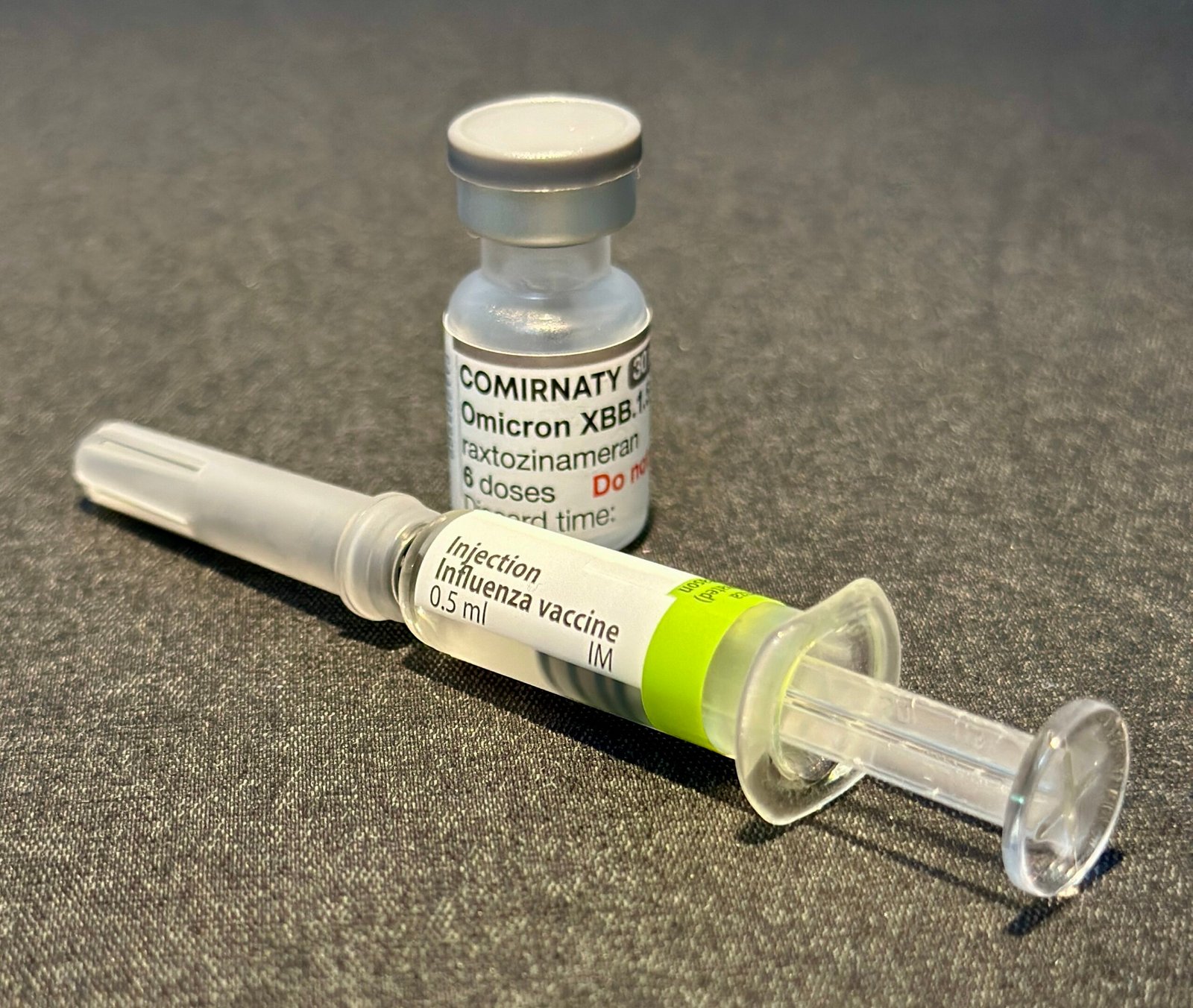Imagine a world where catching the flu becomes as rare as spotting a unicorn in your backyard. It sounds almost magical, yet science is inching us closer to that reality. For decades, the annual flu shot has felt like a stubborn ritual—sometimes it works wonders, other times not so much. But recently, a scientific revolution has been brewing behind lab doors. Messenger RNA, or mRNA, technology—the same powerhouse that helped fight COVID-19—now stands ready to transform the way we tackle the flu. This isn’t just a small step forward; it’s a leap into a safer, healthier future, filled with hope, excitement, and maybe just a little bit of awe.
The Basics of mRNA Technology
mRNA technology is a game-changer in the world of medicine. Unlike traditional vaccines, which often use weakened or inactivated viruses, mRNA vaccines deliver simple genetic instructions to your cells. These instructions teach your body to make a harmless piece of the flu virus—just enough to train your immune system without ever exposing you to the real thing. It’s like giving your body a practice drill before the real emergency hits. This approach is fast, flexible, and can be adjusted easily if the virus changes, making it a perfect fit for the ever-evolving influenza virus.
Why Traditional Flu Vaccines Fall Short
Every year, scientists must guess which flu strains will be most common months in advance. Sometimes they get it right, but often the flu virus mutates, and the vaccine’s effectiveness drops. This guessing game can leave millions vulnerable. Plus, making traditional flu vaccines involves growing viruses in eggs—a process that takes months and sometimes doesn’t produce the best match. With mRNA, we could finally break free from this slow and uncertain cycle. Imagine the relief of knowing your annual shot had a much better chance of protecting you when you need it most.
Speed: mRNA’s Secret Weapon
Speed is where mRNA technology truly shines. Once scientists have the genetic sequence of a flu strain, they can design and produce an mRNA vaccine in a matter of weeks. That means if a new, dangerous strain pops up, we could respond almost instantly. Think of it as swapping out a snail for a race car. During the COVID-19 pandemic, we saw vaccines developed and delivered in record time. Bringing that same energy to flu season could save countless lives and bring peace of mind to millions.
Tailoring Vaccines for Greater Precision
One of the most exciting aspects of mRNA flu vaccines is their adaptability. If a particularly nasty flu strain starts making headlines, scientists can tweak the mRNA code to target it specifically. It’s like having a custom-tailored suit instead of one-size-fits-all clothing. This precision could mean better protection, especially for vulnerable groups like the elderly or those with weakened immune systems. The days of “close enough” might soon be behind us.
Boosting Effectiveness and Protection
Current flu vaccines often provide only moderate protection, sometimes as low as 40–60%. mRNA vaccines have the potential to raise that bar significantly. By focusing on key parts of the virus that don’t change much from year to year, these vaccines could provide broader, longer-lasting immunity. Early studies suggest that mRNA vaccines may even trigger a stronger and more durable immune response. For anyone who dreads getting sick every winter, this could be the breakthrough we’ve been waiting for.
Reducing the Need for Annual Shots
Imagine not needing a flu shot every year. With mRNA technology, researchers believe it’s possible to create vaccines that last longer or tackle multiple strains at once. Some are even exploring “universal” flu vaccines—those that could protect against all or most flu viruses for years at a time. This would be a huge relief for busy parents, seniors, and anyone who forgets their yearly appointment. The convenience alone could lead to higher vaccination rates and a healthier society.
Safety: Lowering Risks and Side Effects
Safety is always top of mind when it comes to vaccines. Because mRNA vaccines don’t use live viruses or eggs, there’s less risk of allergic reactions or rare side effects. The ingredients are simpler and can be made consistently, batch after batch. This reliability brings peace of mind for those who worry about what’s going into their bodies. Plus, for people with egg allergies—who previously had to avoid some flu shots—mRNA opens up new possibilities for protection.
Global Impact: Reaching More People
Traditional flu vaccines require special facilities, cold storage, and months of preparation—all of which make global distribution a challenge. mRNA vaccines can be produced more quickly and in larger quantities, making it easier to supply vaccines worldwide. This has huge implications for fighting flu in low-income countries, where access has often lagged far behind. A world where everyone, everywhere, can get a safe and effective flu shot isn’t just a dream—it’s suddenly within reach.
Reducing the Threat of Future Pandemics

Flu pandemics have shaped history, causing millions of deaths. With mRNA technology, we can react to new, dangerous strains before they spiral out of control. The ability to design and distribute vaccines at lightning speed means we’re no longer playing catch-up. It’s a bit like having a fire extinguisher ready before the flames even start. This proactive approach could prevent the next global health crisis and save untold lives.
Encouraging Public Trust and Participation
Public trust is essential for any vaccine campaign to work. The success of mRNA COVID-19 vaccines has already convinced many people of their safety and effectiveness. As more flu vaccines use this technology, confidence is likely to grow. Scientists are working hard to communicate openly about how these vaccines work and why they’re safe. When people understand the science, they’re more likely to roll up their sleeves—and stay healthy.
Challenges Ahead: Storage and Distribution

Of course, mRNA vaccines aren’t perfect. Some require super-cold storage, which can be tricky in rural or remote areas. Scientists are racing to develop formulations that last longer at higher temperatures. This would make it much easier to get vaccines to every corner of the world, even where electricity is unreliable. Overcoming these challenges is crucial if we want everyone to benefit from this remarkable technology.
Environmental Benefits of mRNA Vaccines
You might not think of vaccines as eco-friendly, but mRNA technology actually reduces waste compared to traditional methods. There’s no need to grow millions of chicken eggs, which means less animal use and lower environmental impact. The manufacturing process is also more streamlined and efficient, using fewer resources. As more people look for sustainable solutions in every part of life, mRNA flu vaccines offer a win for both health and the planet.
How mRNA Research Benefits Other Diseases
The advances made in mRNA vaccine technology are spilling over into other areas of medicine. Researchers are already using similar approaches to fight diseases like malaria, HIV, and even certain cancers. Success with mRNA flu vaccines could open doors to better treatments for countless conditions. It’s like discovering a secret ingredient that suddenly makes every recipe better. The ripple effects could be felt far beyond flu season.
mRNA and Personalization: Vaccines of the Future

Imagine a future where your flu shot is tailored specifically to your genetic makeup or medical history. mRNA technology makes this kind of personalized medicine more realistic than ever. Doctors could design vaccines that work best for you, minimizing side effects and maximizing protection. It’s a glimpse into a future where medicine truly fits like a glove, rather than a generic, one-size-fits-all approach.
Testing and Regulatory Hurdles
Before mRNA flu vaccines can become the new norm, they have to pass rigorous testing. Clinical trials are underway across the globe, with scientists tracking safety, effectiveness, and long-term protection. Regulatory agencies are watching closely to ensure these new vaccines meet the highest standards. It’s a long, careful process, but it’s necessary to protect public health. The excitement is real, but so is the responsibility to get it right.
Economic Benefits: Saving Money and Lives
Flu outbreaks cost billions in lost productivity and healthcare expenses every year. More effective vaccines could dramatically cut those costs, freeing up resources for other health priorities. Fewer sick days mean businesses run smoother, families stay healthier, and hospitals aren’t overwhelmed. The economic ripple effect could be enormous, making mRNA vaccines not just a medical breakthrough, but a financial one, too.
Facing Vaccine Hesitancy and Misinformation

No breakthrough is immune to skepticism. As with any new technology, some people have questions or concerns. Scientists and health officials are working hard to provide clear, honest answers about mRNA vaccines. By combating misinformation with facts and transparency, they hope to build trust and encourage more people to get vaccinated. Open conversations and education are key to ensuring everyone benefits from this innovation.
Real-World Examples: Early Success Stories
Already, mRNA flu vaccines are showing promise in clinical trials. Early results suggest they’re safe, effective, and easy to produce. Some healthcare workers and volunteers have received these vaccines as part of studies, and the feedback has been largely positive. It’s still early days, but the momentum is building. These real-world examples offer a hopeful glimpse of what’s to come for the rest of us.
What the Future Holds: Universal Flu Vaccines?

One of the most thrilling dreams in vaccine research is the idea of a “universal” flu vaccine—a single shot that protects against any and all flu viruses. mRNA technology may finally make this possible. By targeting pieces of the virus that rarely change, scientists are inching closer to this holy grail of immunization. If they succeed, the yearly scramble to keep up with new flu strains could become a thing of the past.
Empowering the Next Generation of Scientists

The rapid progress of mRNA technology is inspiring a new wave of young scientists. Kids who grew up watching the pandemic unfold are now dreaming of careers in medicine, biology, and public health. This surge of curiosity and ambition could fuel future discoveries we can’t even imagine yet. It’s a reminder that every breakthrough lights the way for those who follow.
As we stand on the edge of this new era, mRNA technology promises to rewrite the story of flu season—one filled with fewer worries, brighter futures, and a whole lot more hope. Can you imagine a world where the flu is no longer a threat?




